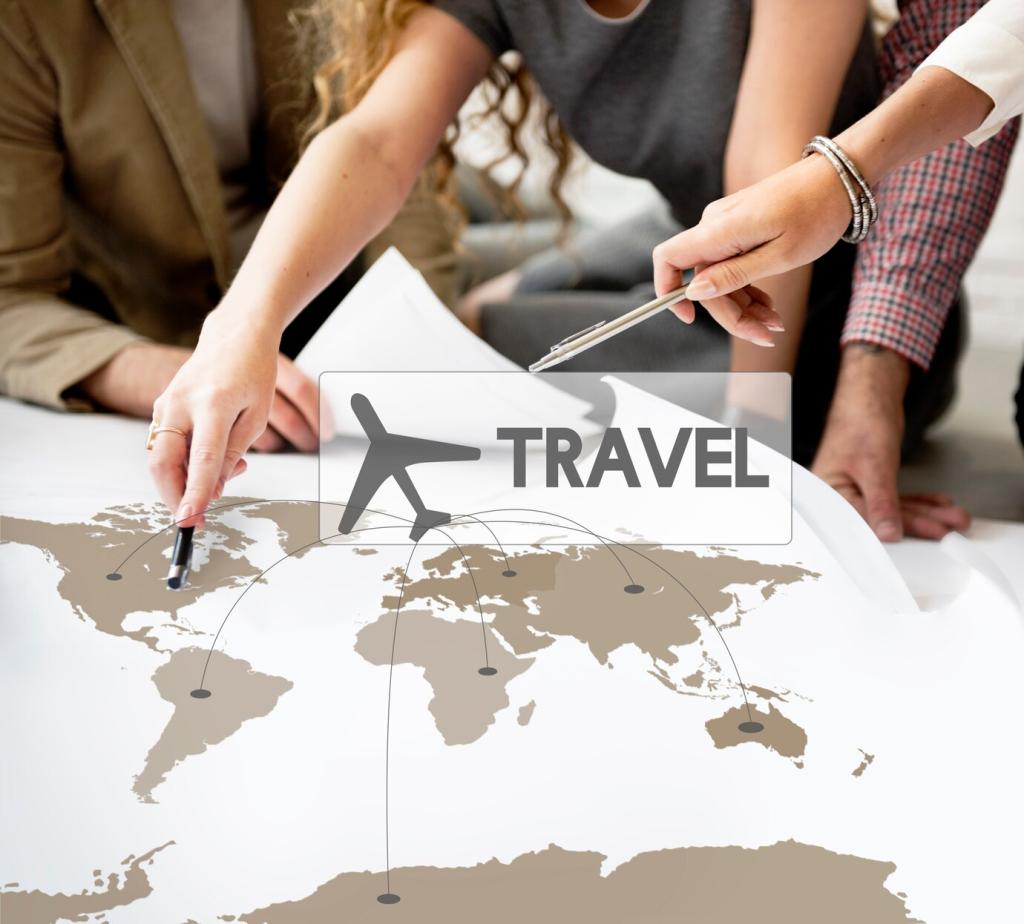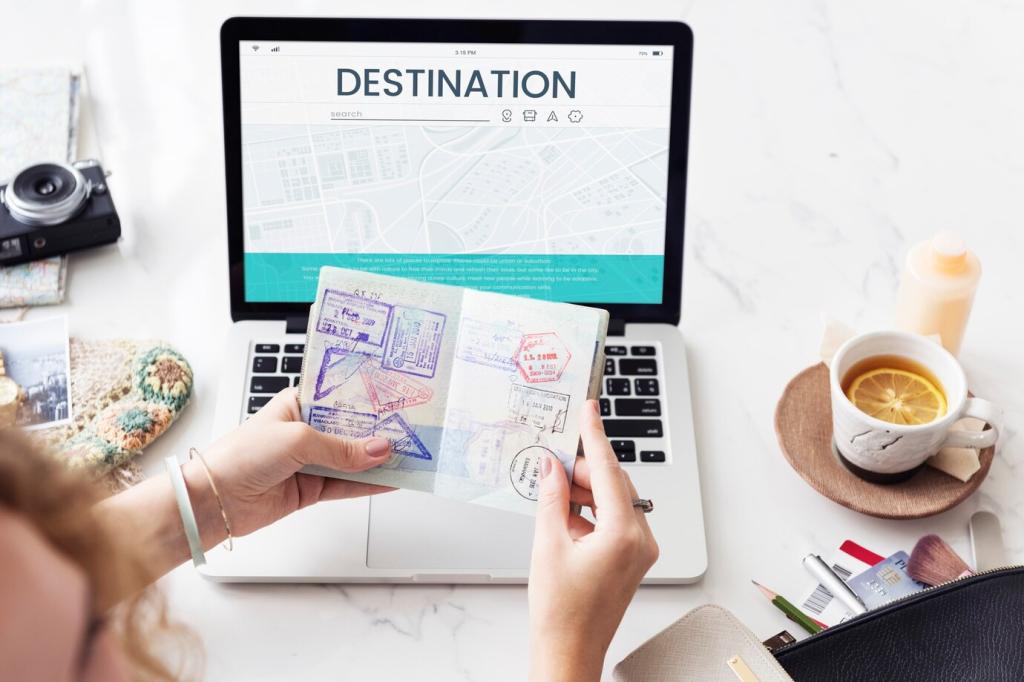This website uses cookies so that we can provide you with the best user experience possible. Cookie information is stored in your browser and performs functions such as recognising you when you return to our website and helping our team to understand which sections of the website you find most interesting and useful.
Future Trends in Global Tourism
The global tourism landscape is undergoing significant transformation as emerging technologies, shifting demographics, and evolving consumer behaviors reshape the way people travel and experience destinations. As we look towards the future, several key trends are poised to redefine the industry, influencing where, how, and why people travel. Factors such as sustainability, digital innovation, personalization, and changing societal values are at the forefront of these shifts. Understanding these trends is crucial for stakeholders in the tourism sector to remain competitive and relevant. On this page, we explore the eight most important future trends in global tourism, delving into the driving forces behind them and their expected impact on the industry.


Sustainable and Responsible Tourism
Digital Transformation and Smart Travel

Personalization of Travel Experiences
Customized Itineraries and Offers
Hyper-Personalized Customer Service
Influencer-Driven and Peer-Recommended Experiences
Rise of Wellness and Health Tourism


Popularity of Secondary Cities and Rural Areas

The Rise of Digital Nomad Hubs


